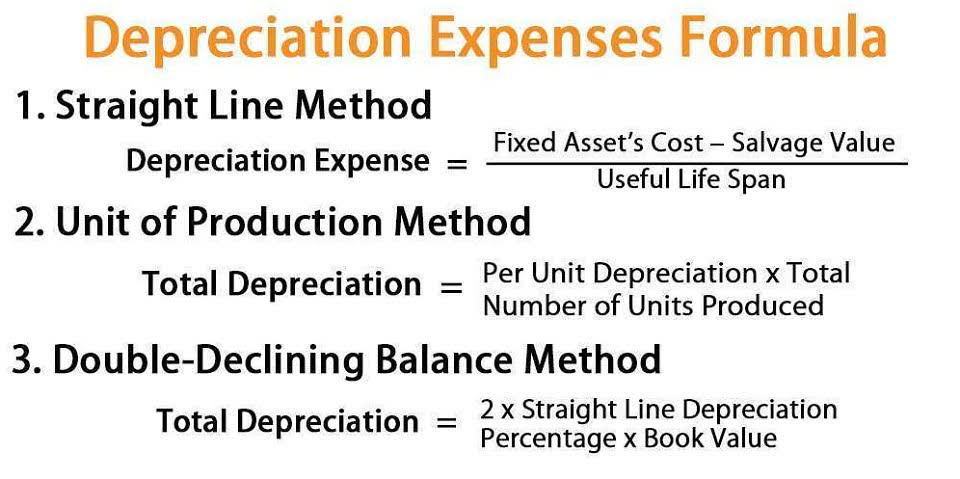
This may be the case if the company has sustained long-term losses or if its dividends exceed its profits. On the other hand, the stock payment transfers part of the retained earnings to common stock. For instance, if a company pays one share as a dividend for each share held by the investors, the price per share will be cut in half because the number of shares will double. Because the company has not created any real value simply by announcing a stock dividend, the per-share market price is adjusted according to the proportion of the stock dividend.

Is Retained Earnings an Asset?
Accounts Payables, or AP, is the amount a company owes suppliers for items or services purchased on credit. As the company pays off its AP, it decreases along with an equal amount decrease to the cash account. This line item includes all of the company’s intangible fixed assets, which may or may not be identifiable.
Is retained earnings asset equity liability income or expense?
Retained earnings represent the accumulated net income of a company that has not been distributed to its shareholders as dividends. Instead, these profits have been reinvested back into the business operations. This figure is a cumulative total, reflecting all profits kept within the company since its inception, minus any losses and dividends paid out over that same period. Retained earnings represent the cumulative amount of net income that a corporation retains rather than distributing to shareholders as dividends.
Are Retained Earnings an Asset or Equity?
Over the same duration, its stock price rose by $84 ($227 – $143) per share. One way to assess how successful a company is in using retained earnings is to look at a key factor called retained earnings to market value. It is calculated over a period (usually a couple of years) and assesses the change in stock price against the net earnings retained by the company. The above definitions for the balance sheet elements clarify that retained earnings are equity. Since this balance is a type of equity, it also acts similar to other equity balances. The first part of https://winning288.org/7-free-online-bookkeeping-courses-with/ the asset definition does not recognize retained earnings.
- For example, the cost of new equipment to be used in a business will include the cost of getting the equipment installed and operating properly.
- To understand the significance of retained earnings, consider how a company can use its surplus money.
- Conversely, a decrease in retained earnings could signal losses, dividend payouts, or stock repurchases.
- This ratio compares the amount of cash + marketable securities + accounts receivable to the amount of current liabilities.
- For example, a company will have a Cash account in which every transaction involving cash is recorded.
- This section indicates the company’s immediate financial commitments to outside parties.
- Use the money to launch new products or variants, such as a refrigerator maker creating air conditioners or a cookie company introducing new flavors.

They go up whenever your company earns a profit, and down every time you withdraw some of those profits in the form of dividend payouts. Learn how to build, read, and use financial statements for your business so you can make more informed decisions. If you’re an investor, you’d want to know more than just how much they’ve saved. You’d be interested in discovering if that money they saved has made good profits and if investing elsewhere would have been a better idea. On top of that, some investors prefer getting bigger dividends instead of seeing the company save a lot of money every year.
They are a cumulative record of a company’s past decisions to reinvest profits to support its ongoing operations and future growth. They represent accumulated net profits and are reported under shareholders’ equity, not as liabilities. Current (short-term) liabilities are a key component of a company’s balance sheet since they help determine its short-term financial health and liquidity. Managing current liabilities ensures that a company can meet its commitments without affecting operations or cash flow. They represent the cumulative amount of net income that a company has retained, rather than distributed as dividends to shareholders. Retained earnings reflect the company’s growth and reinvestment into the business, contributing to the overall equity value.

Insurance Expense, Wages Expense, Advertising Expense, Interest Expense are expenses matched with the period of time in the heading of the income statement. Under the accrual basis of accounting, the matching is NOT based on the date that the expenses are paid. Since no interest is owed as of December 31, 2024, no liability for interest is reported on this balance sheet. Sometimes liabilities (and stockholders’ equity) are also thought of as sources of a corporation’s assets. For example, when a corporation borrows money from its bank, the bank loan was a source of the corporation’s assets, and the balance owed on the loan is a claim on the is retained earnings a current liability corporation’s assets. In the accounting period when the items in inventory are sold, the cost of the items sold is removed from the asset inventory and is reported on the income statement as cost of goods sold.

How Often Should Your Business Issue Financial Statements?
- The book value of bonds payable is the combination of the accounts Bonds Payable and Discount on Bonds Payable or the combination of Bonds Payable and Premium on Bonds Payable.
- Dividends are the last financial obligations paid by a company during a period.
- This is the period of time that it will be economically feasible to use an asset.
- Current (short-term) liabilities are a key component of a company’s balance sheet since they help determine its short-term financial health and liquidity.
- Tracing the exact use of retained earnings is often impossible and, from an accounting perspective, unnecessary.
Cash dividends result in cash outflows and are recorded as net reductions. As the company loses liquid assets in the form of cash dividends, its asset value is reduced on the balance sheet, thereby impacting RE. Retained earnings refer to the historical profits earned by a company, minus any dividends it paid in the past. To get a better understanding of what retained earnings can tell you, the following options broadly cover all possible uses that a company can make of its surplus money. For instance, the first option leads to the earnings money going out of the books and accounts of the business forever because dividend payments are irreversible. Essentially, retained earnings are balances accumulated due to profits or losses.
What is Total Liabilities and Equity?
Sub-accounts, of course, can be created under any of these five types of accounts. Below is a break down of subject weightings in the FMVA® financial analyst program. As you can see there is a heavy focus on financial modeling, finance, Excel, business valuation, budgeting/forecasting, PowerPoint presentations, accounting and business strategy. This account includes the amortized amount of any bonds the company has issued. Bench simplifies your small business accounting by combining intuitive software that automates the busywork with real, professional human support. Share with shareholders by giving them dividends, either fully or partially.
Would you prefer to work with a financial professional remotely or in-person?
They are a critical component of shareholders’ equity and play a significant role in financing a company’s growth and operations. However, retained earnings are not always freely available for distribution or use. Various restrictions, both legal and contractual, can limit a company’s ability to utilize these funds. Understanding these restrictions is crucial for accurate financial reporting and strategic corporate decision-making. Due to the nature of double-entry accrual accounting, retained earnings do gym bookkeeping not represent surplus cash available to a company. Rather, they represent how the company has managed its profits (i.e. whether it has distributed them as dividends or reinvested them in the business).

